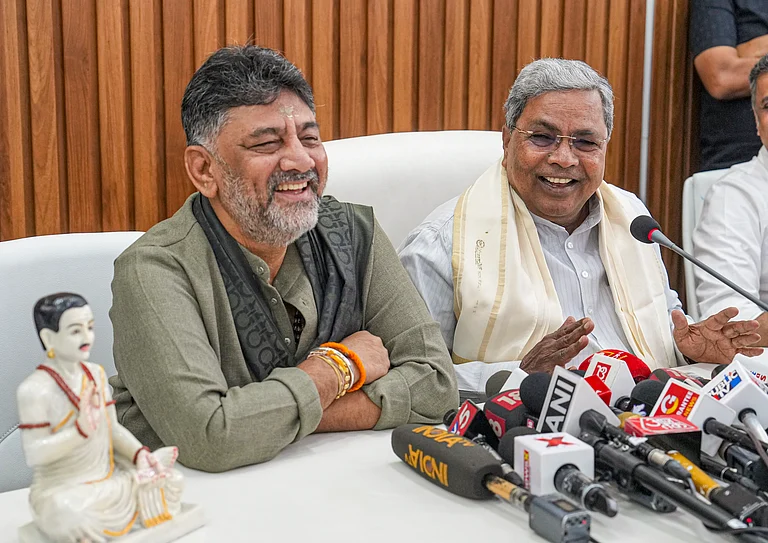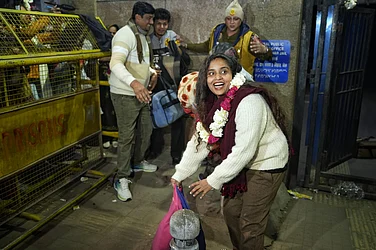In a bid to skip detection by the orbiting satellites, farmers in Punjab and Haryana are scheduling the stubble burning sessions at night while the local officials working overtime to contain farm fires that have poisoned the air in Delhi NCR, as per edia reports
Official data this year conveyed a discernible reduction in stubble burning cases. According to official data, between September 15 and November 7 this year, nearly 21,000 farm fires have been reported in Punjab which indicates a drop of about 30 per cent when compared to the same period last year.
Farm fires skipping satellite detection
However, what raises the question is the discrepancy in the number of farm fires and farmers in Punjab and Haryana. As per official data, over 56,000 farmers harvested paddy in Punjab's Ludhiana while less than a 1,000 farm fires were reported which clearly implies that a significant number of stubble burning incidents are going undetected.
It is speculated that the farmers, who are aware of the fact that the daily farm fires count has to be updated by 8 pm, are taking advantage of this loophole and thus, are setting fire to the fields after 8 pm.
In Haryana, the Haryana Space Applications Centre is using satellite imaging to detect farm fires. This imaging, however, is not conducted round the clock.
What do the experts say?
According to Dr Sultan Singh, HARSAC director, the satellite imaging was carried out at 12-hour intervals.
Some fires, therefore, may slip through the radar.
Several section of farmers in Haryana believes that burning crop residue after sunset may help them evade detection by satellite. These farmers argue that satellite imaging uses temperature for detection of farm fires incidents, so the drop in temperature at night may lead to the satellite failing to identify farm fires.
Dr Singh, however, dismissed this. "The satellites detect farm fires on the basis of variation in temperature, which can take place at any time," he told The Tribune.
Jaswant Singh, director for agriculture and farmers' welfare in Punjab, too, said it is a baseless rumour that satellite imagery does not detect farm fire incidents at night.


























